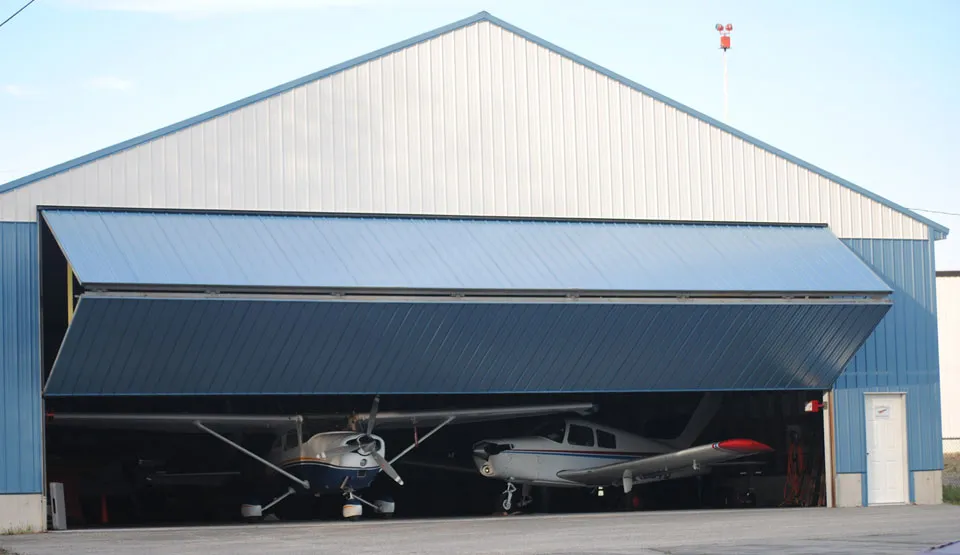- Afrikaans
- Albanian
- Amharic
- Arabic
- Armenian
- Azerbaijani
- Basque
- Belarusian
- Bengali
- Bosnian
- Bulgarian
- Catalan
- Cebuano
- Corsican
- Croatian
- Czech
- Danish
- Dutch
- English
- Esperanto
- Estonian
- Finnish
- French
- Frisian
- Galician
- Georgian
- German
- Greek
- Gujarati
- Haitian Creole
- hausa
- hawaiian
- Hebrew
- Hindi
- Miao
- Hungarian
- Icelandic
- igbo
- Indonesian
- irish
- Italian
- Japanese
- Javanese
- Kannada
- kazakh
- Khmer
- Rwandese
- Korean
- Kurdish
- Kyrgyz
- Lao
- Latin
- Latvian
- Lithuanian
- Luxembourgish
- Macedonian
- Malgashi
- Malay
- Malayalam
- Maltese
- Maori
- Marathi
- Mongolian
- Myanmar
- Nepali
- Norwegian
- Norwegian
- Occitan
- Pashto
- Persian
- Polish
- Portuguese
- Punjabi
- Romanian
- Russian
- Samoan
- Scottish Gaelic
- Serbian
- Sesotho
- Shona
- Sindhi
- Sinhala
- Slovak
- Slovenian
- Somali
- Spanish
- Sundanese
- Swahili
- Swedish
- Tagalog
- Tajik
- Tamil
- Tatar
- Telugu
- Thai
- Turkish
- Turkmen
- Ukrainian
- Urdu
- Uighur
- Uzbek
- Vietnamese
- Welsh
- Bantu
- Yiddish
- Yoruba
- Zulu
okt. . 12, 2024 08:48 Back to list
Building Small Livestock Shelters A Guide
In the realm of small-scale farming, raising livestock can be a fulfilling and sustainable endeavor. Whether you're looking to keep chickens, goats, sheep, or rabbits, having a well-designed shelter is crucial for the health and productivity of your animals. This article will explore key considerations in building small livestock buildings that ensure safety, comfort, and practicality.
Choosing the Right Location
The first step in constructing a small livestock building is selecting the appropriate location. The site should be level, well-drained, and accessible for both the livestock and the caretakers. Avoid low-lying areas prone to flooding and consider the direction of prevailing winds; positioning the shelter to minimize exposure to harsh weather will help protect the animals. Additionally, placing the building close to a water source facilitates easier access for livestock hydration.
Design and Layout
The design of the livestock shelter should cater specifically to the species you are raising. Different animals have different needs. For example, chickens require a secure coop to protect them from predators, along with adequate ventilation to regulate temperature and keep the area dry. Goats, on the other hand, need sturdy fencing and shelter that provides shade and protection from rain. It's crucial to consider factors such as space requirements, ventilation, and insulation.
A general guideline for space is to provide at least 2 to 3 square feet per chicken in the coop and 10 to 15 square feet per goat in their shelter. The layout should also include designated areas for feeding and watering. Ensuring that animals have room to move around comfortably reduces stress and helps prevent health issues associated with overcrowding.
small livestock buildings

Materials and Construction
Choosing the right materials is essential for durability and safety. The shelter should be built using sturdy, weather-resistant materials such as treated wood or metal. Roofs should be sloped to allow for efficient water runoff and to prevent moisture buildup, which can lead to mold and disease. In areas with extreme weather conditions, insulating materials may be necessary to maintain an appropriate temperature inside the shelter.
Additionally, it’s important to incorporate features that enhance safety and hygiene. Features like raised floors allow for better drainage, while removable bedding systems can simplify cleaning processes. Fencing should be strong enough to contain animals and protect them from predators, with a focus on eliminating any escape routes.
Sustainability and Future Expansion
When designing and building your small livestock shelter, consider incorporating sustainable practices. Utilizing solar panels for power, rainwater harvesting systems for drinking water, and composting systems for waste can enhance farm efficiency and reduce environmental impact. Furthermore, planning for future expansion—from adding more animals to accommodating new species—ensures that your investment in the shelter can grow with your farming aspirations.
Conclusion
In conclusion, building a small livestock building requires careful planning and consideration of various factors, including location, design, materials, and sustainability. By taking the time to create a safe, comfortable, and well-equipped shelter, you are not only ensuring the wellbeing of your livestock but also setting the foundation for a successful and rewarding farming journey.
-
Cold Formed Steel Residential Framing
NewsMay.21,2025
-
Innovative Steel Structure Building Solutions
NewsMay.19,2025
-
Innovative Prefab Metal Shed Solutions
NewsMay.19,2025
-
Durable Steel Horse Shelter Solutions
NewsMay.19,2025
-
Durable Metal Shed Solutions
NewsMay.19,2025
-
Durable Big Metal Shed Solutions
NewsMay.19,2025
Products categories
Our Latest News
We have a professional design team and an excellent production and construction team.












